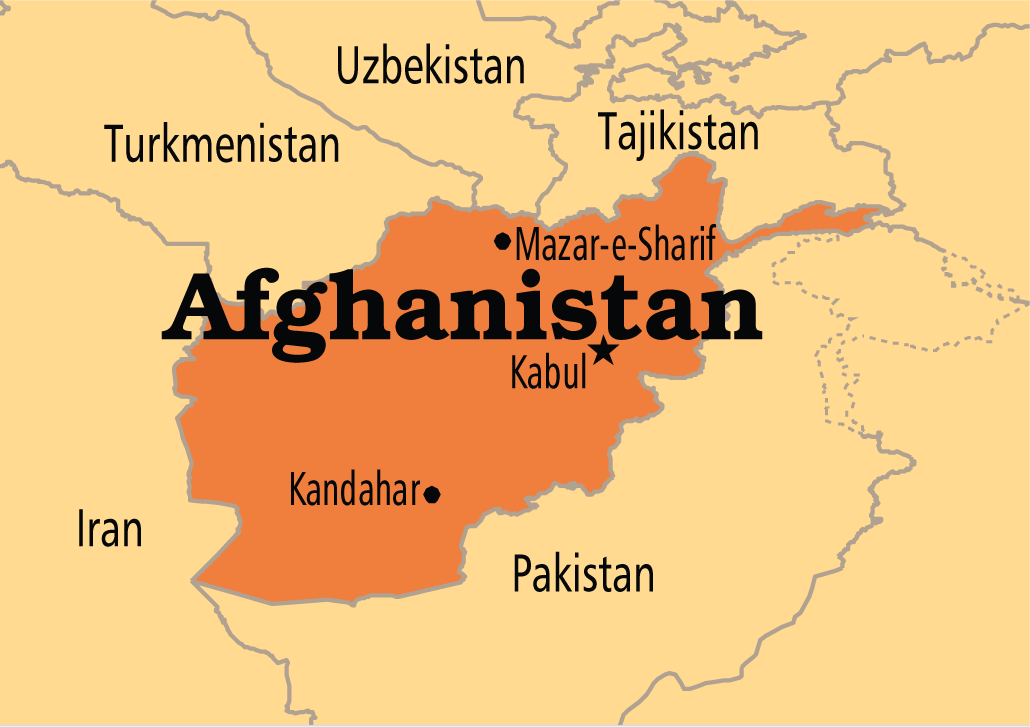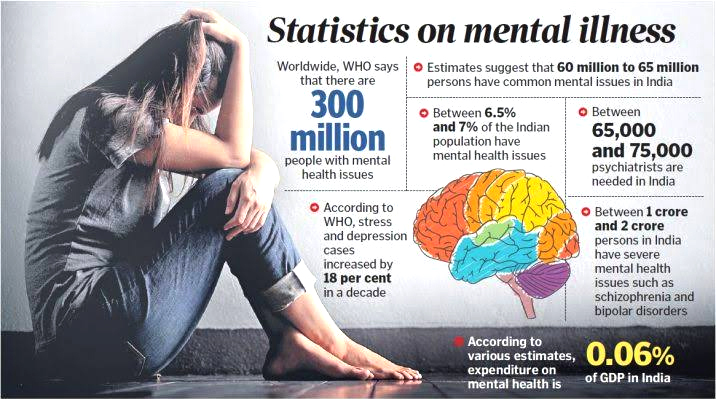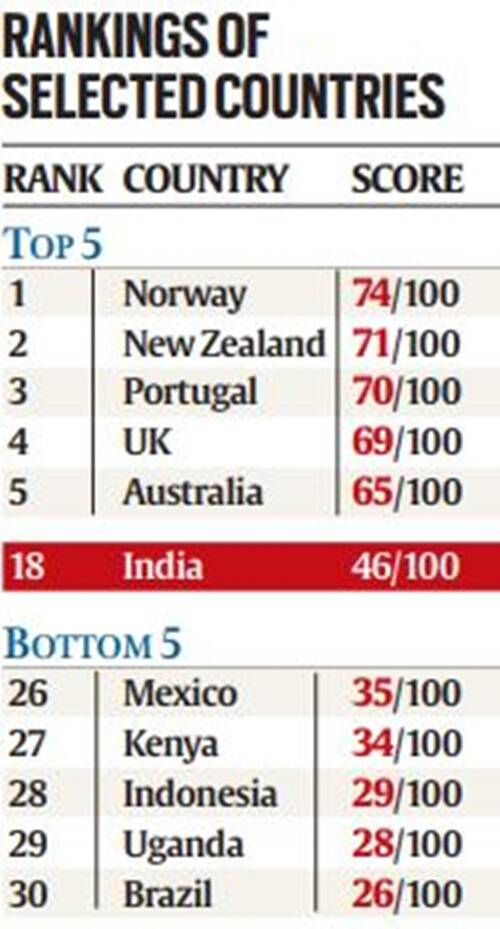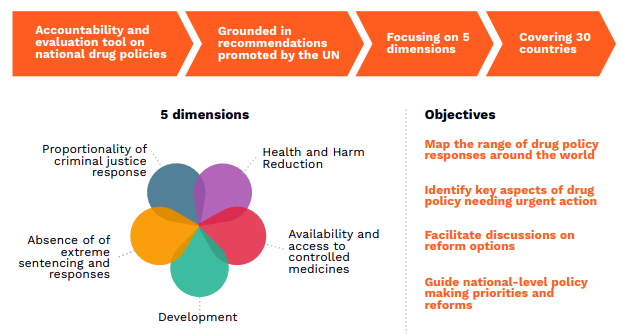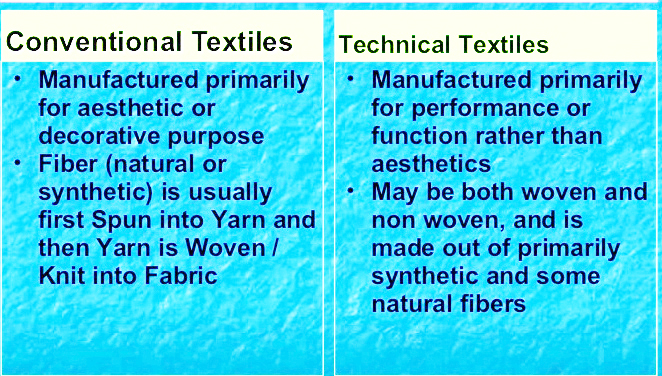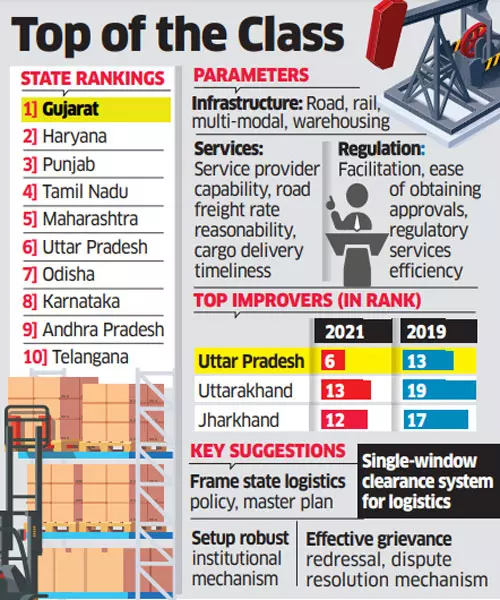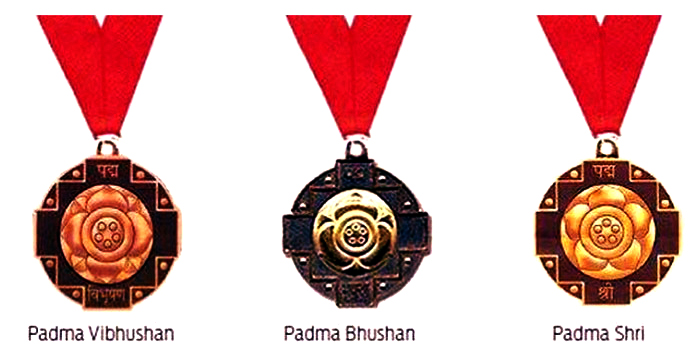Regional Security Dialogue on Afghanistan: Delhi
Why in News
In the coming days, India will be hosting the ‘Delhi Regional Security Dialogue on Afghanistan’.
- The meeting will be held at the level of National Security Advisors (NSAs) and will be chaired by India’s NSA Ajit Doval.
Key Points
- About the Meeting:
- Invited Participants: India’s top security establishment, the National Security Council Secretariat, has taken the lead in organising the in-person meeting.
- Invitations were sent to Afghanistan’s neighbours such as Pakistan, Iran, Tajikistan, and Uzbekistan, and other key players including Russia, and China.
- Need: After the withdrawal of US forces and the Taliban’s takeover of Afghanistan, India is concerned about security in the region.
- Objective: In this context, India has taken this initiative to organise a conference of regional stakeholders and important powers on the country’s current situation and future outlook.
- India’s Interest: This meeting could be India’s attempt to secure for itself a seat at the table to decide the future course of action on Afghanistan.
- The meeting also reflects the need to actively engage with the world to protect India’s security interests.
- Participants’ Response: The Central Asian countries, as well as Russia and Iran, have confirmed participation.
- The enthusiastic response is a manifestation of the importance attached to India’s role in regional efforts to promote peace and security in Afghanistan.
- Pakistan and China’s Denial: Pakistan’s National Security Advisor has held that he would not attend the meeting.
- China has also decided to skip a regional security meeting due to scheduling difficulties, but is open to maintaining discussions with India through bilateral channels.
- India is of the view that the denial by Pakistan to attend this meeting reflects its mindset of viewing Afghanistan as its protectorate.
- Invited Participants: India’s top security establishment, the National Security Council Secretariat, has taken the lead in organising the in-person meeting.
National Security Council Secretariat
- India formed a National Security Council (NSC) in 1999, where all aspects of national security are deliberated upon by it.
- NSC acts as the apex body, headed by the Prime Minister.
- NSC comprises the three-tier structure- Strategic Policy Group (SPG), the National Security Advisory Board (NSAB) and the National Security Council Secretariat.
- The Ministers of Home Affairs, Defence, External Affairs and Finance are its members and the National Security Adviser acts as its Secretary.
- India’s Stakes in Afghanistan:
- Strategic Advantage: India’s strategy in Afghanistan is guided by the desire to prevent a government that would readily provide Pakistan with strategic depth and a safe haven for terror groups.
- Deploying Soft Power: India has opted to pursue a ‘soft power’ strategy to engage Afghanistan, preferring to contribute substantially in the civilian sector rather than in defence and security.
- Developmental Projects: India is particularly active in the construction, infrastructure, human capital building and mining sectors.
- Besides, it has also identified the telecommunications, health, pharmaceuticals, and information technology and education sectors for cooperation.
- Economic Aid: Within the framework of two bilateral agreements, India has pledged over USD 2 billion in aid to Afghanistan. And, by the end of the year 2017, the investment has already crossed USD 3 billion.
- This makes India one of the largest investors in Afghanistan’s stability and the quest for economic and social development.
- Connectivity Projects: India has also agreed to build the 600-km-long Bamiyan – Herat rail link which will serve to connect the Hajigak mines to Herat.
- Further, India is developing the Iranian port of Chabahar which will be linked to Afghanistan via the Delaram-Zaranj highway.
- If peace is established in Afghanistan, it could become a major trading hub as a corridor of connectivity in the heart of Asia.
- India’s Viewpoint on Afghanistan:
- India is not ready to directly deal with the new Taliban dispensation in Afghanistan.
- India reiterates that Afghanistan should:
- Not allow safe havens for terror on its soil.
- The administration should be inclusive.
- The rights of minorities, women, and children must be protected.
- The Afghanistan peace process should be led, owned and controlled by the Afghan people.
Way Forward
- Russian Support: Russia has cultivated links with the Taliban in recent years. India would need Russia’s support in any form of direct engagement with the Taliban.
- Bonhomie With China: India should talk with China, with the objective of finding a political settlement and lasting stability in Afghanistan.
- Engaging with Taliban: Talking to the Taliban would allow India to seek security guarantees from the insurgents in return for continued development assistance or other pledges as well as explore the possibility of the Taliban’s autonomy from Pakistan.
Issue of Mental health
Why in News
Recently, the Supreme Court has said the judiciary should not treat the mental health of a person with a one-size-fits-all approach, upholding the need for judges to be sensitive to the gravity of mental health issues.
- SC noted that an individual copes with a threat — both physical and emotional, expressing (or refraining to express) love, loss, sorrow and happiness, varies greatly in view of the multi-faceted nature of the human mind and emotions.
- World Mental Health Day is observed on 10th October every year
Key Points
- About:
- According to the World Health Organization (WHO), mental health is a state of well-being in which the individual realizes his or her own abilities, can cope with the normal stresses of life, can work productively and fruitfully, and is able to make a contribution to his or her community.’
- Like Physical health, Mental health is also important at every stage of life, from childhood and adolescence through adulthood.
- Challenges:
- High Public Health Burden: An estimated 150 million people across India are in need of mental health care interventions, according to India’s latest National Mental Health Survey 2015-16.
- Lack of Resources: Low proportion of the mental health workforce in India (per 100,000 population) include psychiatrists (0.3), nurses (0.12), psychologists (0.07) and social workers (0.07).
- Low financial resource allocation of just over a percent of Gross Domestic Product on healthcare has created impediments in public access to affordable mental healthcare.
- Other Challenges: Poor awareness about the symptoms of mental illness, social stigma and abandonment of mentally ill, especially old and destitute, leads to social isolation and reluctance on part of family members to seek treatment for the patient.
- This has resulted in a massive treatment gap, which further worsens the present mental illness of a person.
- Post-Treatment gap: There is need for proper rehabilitation of the mentally ill persons post his/her treatment which is currently not present.
- Rise in Severity: Mental health problems tend to increase during economic downturns, therefore special attention is needed during times of economic distress.
- Steps Taken by the Government:
- Constitutional Provision: SC has held healthcare to be a fundamental right under Article 21 of the Constitution.
- National Mental Health Program (NMHP): To address the huge burden of mental disorders and shortage of qualified professionals in the field of mental health, the government has been implementing the National Mental Health Program (NMHP) since 1982.
- The Program was re-strategize in 2003 to include two schemes, viz. Modernization of State Mental Hospitals and Up-gradation of Psychiatric Wings of Medical Colleges/General Hospitals.
- Mental HealthCare Act 2017: It guarantees every affected person access to mental healthcare and treatment from services run or funded by the government.
- It has significantly reduced the scope for the use of Section 309 IPC and made the attempt to commit suicide punishable only as an exception.
- Kiran Helpline: In 2020, the Ministry of Social Justice and Empowerment launched a 24/7 toll-free helpline ‘Kiran’ to provide support to people facing anxiety, stress, depression, suicidal thoughts and other mental health concerns.
Way Forward
- Mental health situation in India demands active policy interventions and resource allocation by the government.
- To reduce the stigma around mental health, we need measures to train and sensitize the community/society.
- When it comes to providing the right care to patients with mental illness, we need mental health care intervention to the patients, we need innovative models to deepen the penetration of services and staff.
- One such model is Accredited Social Health Activist (ASHA) by the ministry of health and family welfare.
- India needs a constant stream of funds for educating and creating awareness about mental health and chronic issues around it.
- The need of the hour is to provoke masses to learn about mental health through campaigns like Swach Mansikta Abhiyan.
Global Drug Policy Index 2021
Why in News
Recently, the inaugural Global Drug Policy Index was released by the Harm Reduction Consortium.
- It is a data-driven global analysis of drug policies and their implementation which comes at a time when the Indian government is reviewing the provisions of the Narcotics Drugs and Psychotropic substances act 1985.
- The Harm Reduction Consortium is a global consortium of networks aiming to challenge the global “war on drugs”, scale up access to harm reduction services, and advocate for increased resources for harm reduction.
Key Points
- About the Index: It is a unique tool that documents, measures and compares national-level drug policies.
- It provides each country with a score and ranking that shows how much their drug policies and their implementation align with the United Nations principles of human rights, health and development.
- The Index provides an essential accountability and evaluation mechanism in the field of drug policy.
- It evaluates the performance of 30 countries covering all regions of the world.
- Major Findings:
- The global dominance of drug policies based on repression and punishment has led to low scores overall, with a median score of just 48/100, and the top-ranking country (Norway) only reaching 74/100.
- Standards and expectations from civil society experts on drug policy implementation vary from country to country.
- Inequality is deeply seated in global drug policies, with the top-ranking 5 countries scoring 3 times as much as the lowest-ranking 5 countries.
- This is in part due to the colonial legacy of the ‘war on drugs’ approach.
- Drug policies disproportionately affect people marginalised on the basis of their gender, ethnicity, sexual orientation and socio-economic status.
- There are wide disparities between state policies and how they are implemented on the ground.
- With a few exceptions, the meaningful participation of civil society and affected communities in drug policy processes remains severely limited.
- India's Performance:
- Ranking:
- India’s rank is 18 out of 30 countries. It has an overall score of 46/100.
- Scores:
- Using extreme sentencing and responses, it has a score of 63/100.
- Health and harm reduction, 49/100.
- Proportionality of criminal justice response, 38/100.
- Availability and access of internationally controlled substances for the relief of pain and suffering, 33 /100.
- Ranking:
Increasing Export of Technical Textile
Why in News
Recently, the Union Minister of Commerce and Industry targeted a five times increase in the export of Technical Textiles in three years, from the current USD 2 billion to USD 10 billion.
Key Points
- Technical Textiles:
- Technical textiles are functional fabrics that have applications across various industries including automobiles, civil engineering and construction, agriculture, healthcare, industrial safety, personal protection etc.
- Technical Textile products derive their demand from development and industrialization in a country.
- Based on usage, there are 12 technical textile segments; Agrotech, Meditech, Buildtech, Mobiltech, Clothtech, Oekotech, Geotech, Packtech, Hometech, Protech, Indutech and Sportech.
- For example, ‘mobiltech’ refers to products in vehicles such as seat belts and airbags, airplane seats; geotech, which is incidentally the fastest growing sub-segment, used to hold back soil, etc.
- Technical textiles are functional fabrics that have applications across various industries including automobiles, civil engineering and construction, agriculture, healthcare, industrial safety, personal protection etc.
- Scenario of Technical Textile:
- The growth of technical textiles in India has gained momentum in the past five years, currently growing at an 8 % per annum rate.
- It is aimed to hasten this growth to 15-20 % range during the next five years.
- The current world market is USD 250 billion (Rs 18 lakh crore) and India’s share in it is USD 19 billion.
- India is an aspiring player with USD 40 billion in this market (8 % Share).
- The biggest players are the USA, western Europe, China and Japan (20-40% share).
- The growth of technical textiles in India has gained momentum in the past five years, currently growing at an 8 % per annum rate.
- Challenges:
- Lack of Awareness:
- Benefits of technical textiles are still unknown to the larger masses of the country.
- Development of Skilled Workforce:
- Technical textiles require different and high levels of skill sets from workers which is currently absent in the domestic industry.
- Lack of Research & Development:
- One of the key issues that the Indian technical textiles industry is facing is the lack of product diversification.
- Imports of Technical Textiles:
- India imports a significant amount of technical textiles consisting of cheap products from China and hi-tech products from US & Europe. This signifies that the Indian technical textiles industry is lacking scale and the capacities to manufacture high-tech products.
- Lack of Awareness:
- Opportunities:
- Growth in manufacturing sector:
- Technical textile primarily finds usage in various manufacturing industries such as automobile, construction, aviation, etc.
- Manufacturing sector has been a pillar of growth for the Indian economy with many such industries registering double digit growth over the last decade.
- Automobile sector is expected to grow at 12% rate over the next decade to reach an estimated production of 75 million vehicles in 2025.
- Technical textile primarily finds usage in various manufacturing industries such as automobile, construction, aviation, etc.
- Rising Importance of Healthcare & Hygiene:
- With the ever-growing danger of pollution and diseases in the country, people are gradually shifting towards more hygienic and healthy ways of living which involves using products like wipes, face masks, diapers, dental floss, earbuds, sanitary napkins etc.
- All these products consume various technical textile items in different forms.
- With the ever-growing danger of pollution and diseases in the country, people are gradually shifting towards more hygienic and healthy ways of living which involves using products like wipes, face masks, diapers, dental floss, earbuds, sanitary napkins etc.
- Increasing focus on Sports:
- Sporting equipment, artificial turfs and composites, sportswear and activewear, sports footwear etc., all of these items consume technical textiles.
- This growing fitness and sports phenomena presents a big opportunity for technical textiles.
- Sporting equipment, artificial turfs and composites, sportswear and activewear, sports footwear etc., all of these items consume technical textiles.
- Increased spending on defence and security:
- Government’s increasing focus on defence and security has led to an increasing demand for technical textile equipment such as bullet proof jackets, high altitude clothing, gloves, shoes etc.
- Growth in manufacturing sector:
- Initiatives Related to Technical Textile:
- National Technical Textile Mission:
- It was launched with a total outlay of USD 194 Mn in February 2020 with a view to position the country as a global leader in technical textiles.
- Production Linked Incentive (PLI) Scheme for Textiles Sector:
- It aims to promote the production of high value Man-Made Fibre (MMF) fabrics, garments and technical textiles.
- Harmonized System of Nomenclature (HSN) Codes for Technical Textile:
- In 2019, Government of India dedicated 207 HSN codes to technical textiles to help in monitoring the data of import and export, in providing financial support and other incentives to manufacturers.
- 100% FDI under Automatic Route:
- The Government of India allows 100% Foreign Direct Investment (FDI) under automatic route. International technical textile manufacturers such as Ahlstrom, Johnson & Johnson etc have already initiated operations in India.
- Technotex India:
- It is a flagship event organised by the Ministry of Textiles, in collaboration with Federation of Indian Chambers of Commerce & Industry (FICCI) and comprises exhibitions, conferences and seminars with participation of stakeholders from across the global technical textile value chain.
- Amended Technology Upgradation Fund Scheme:
- Objective is to improve exports and indirectly promote investments in textile machinery.
- Under ATUFS, technology upgradation and CIS are offered to entities that are engaged in manufacturing textile and technical textile products under the guidance of TAMC (Technical Advisory Monitoring Committee).
- National Technical Textile Mission:
Way Forward
- The government and the industry need to build a solid infrastructure to educate people about technical textiles. This can be done by incorporating basic information about technical textiles in schools and colleges, conducting awareness programs such as roadshows and seminars, promotion through digital and social media etc.
- The government can modify their manpower development schemes to align with the requirements of the technical textiles industry.
- Young and aspiring entrepreneurs must take this opportunity and invest in research and development of technical textiles and reap its benefits in the coming years.
Pakistan Violating Freedom of Air
Why in News
Recently, India has launched a direct flight between Srinagar and Sharjah (UAE) operated by budget airline GoFirst (formerly known as GoAir). The flight was to operate through Pakistani airspace.
- However, the flight was denied permission to enter Pakistan and the flight had to take a longer route to reach the destination.
- This has raised the concern of Pakistan violating the first freedom of the air.
Key Points
- Freedom of Air:
- The freedom of air means a country grants airlines of a particular country the privilege to use and/or land in another country’s airspace.
- Freedom of air rule emanates from the Chicago Convention in 1944.
- The signatories to the convention decided to set rules that would act as fundamental building blocks to international commercial aviation.
- The convention provides Nine freedoms of air, but only the first five freedoms have been officially recognized by the International Civil Aviation Organisation (ICAO).
- First Freedom Right: It is granted by one State to another State or States to fly across its territory without landing.
- In the case of the GoFirst flight (Indian carrier) was using the airspace of Pakistan (the second country) and was landing in the UAE (the third country).
- Second Freedom Right: The right or privilege, in respect of scheduled international air services, granted by one State to another State or States to land in its territory for non-traffic purposes.
- This means an Air India flight from New Delhi to New York can land at a British airport to get refuelled without embarking or disembarking passengers.
- Third Freedom Right: To put down, in the territory of the first State, traffic coming from the home State of the carrier.
- Fourth Freedom Right: To take on, in the territory of the first State, traffic destined for the home State of the carrier.
- Fifth Freedom Right: To put down and to take on, in the territory of the first State, traffic coming from or destined to a third State.
- First Freedom Right: It is granted by one State to another State or States to fly across its territory without landing.
- India’s Options:
- Pakistan’s denial of airspace is arbitrary and against the principles laid down by the Chicago convention.
- Earlier also, there are several such instances where Pakistan has denied access to its airspace.
- India can take up this issue with the International Civil Aviation Organisation (ICAO).
- Pakistan’s denial of airspace is arbitrary and against the principles laid down by the Chicago convention.
International Civil Aviation Organisation
- It is a United Nations (UN) specialized agency, established in 1944, which laid the foundation for the standards and procedures for peaceful global air navigation.
- The Convention on International Civil Aviation was signed on 7th December 1944 in Chicago.
- It established the core principles permitting international transport by air, and also led to the creation of the ICAO.
- One of its objectives is to foster the planning and development of international air transport so as to ensure the safe and orderly growth of international civil aviation throughout the world.
- India is among its 193 members.
- It is headquartered in Montreal, Canada.
LEADS Report 2021
Why in News
Recently, the Ministry of Commerce and Industry has released the Logistics Ease Across Different States (LEADS) Report (Index) 2021.
Key Points
- About:
- The LEADS report is aimed at gauging the logistics performance of states and Union Territories (UT) and identifying areas where they can improve logistics performance.
- It was launched in 2018.
- States are ranked based on quality and capacity of key infrastructure such as road, rail and warehousing as well as on operational ease of logistics including security of cargo, speed of terminal services and regulatory approvals.
- The report is structured along the three dimensions which collectively influence logistics ease- Infrastructure, Services, and Operating and Regulatory Environment which are further categorised into 17 parameters.
- The LEADS report is aimed at gauging the logistics performance of states and Union Territories (UT) and identifying areas where they can improve logistics performance.
- Need:
- India’s logistics costs account for 13-14% of Gross Domestic Product (GDP), compared to 7-8% in developed countries.
- The government was aiming to bring down logistics costs by 5% over the next 5 years.
- Estimated logistics costs in India are currently about 14%, which is quite high compared to 8-10% globally.
- Efficient logistics was pivotal to bring ease and empowerment to businesses as well as citizens.
- Ranking of States:
- Top Performers:
- Gujarat, Haryana and Punjab have emerged as the top performers in the LEADS 2021 index respectively.
- This is the third year in a row that Gujarat remained on top of the rankings.
- Delhi stands at the top rank among Other UTs.
- Gujarat, Haryana and Punjab have emerged as the top performers in the LEADS 2021 index respectively.
- North Eastern States and Himalayan Region:
- Jammu and Kashmir is the top ranker followed by Sikkim and Meghalaya.
- Top Performers:
- Suggestion:
- States should frame state level logistics policy & logistics master plan, use single-window clearance system for logistics , establishment of grievance redressal mechanism and enable skilling in logistics through State skilling infrastructure.
- Related Initiatives:
2021 Padma Awards
Why in News
Recently, the President of India presented the Padma awards to 119 recipients for the year 2021 at Rashtrapati Bhavan.
- The list comprises 7 Padma Vibhushans, 10 Padma Bhushans and 102 Padma Shri awards.
Key Points
- About:
- The Padma Awards are announced annually on Republic Day (26th January).
- It was instituted in 1954, except for brief interruption (suspended) during the years 1978 and 1979 and 1993 to 1997.
- It is one of the highest civilian honours of India. A higher category of Padma award can be conferred on a person only where a period of at least five years has elapsed since conferment of the earlier Padma award.
- Objective:
- It seeks to recognize achievements in all fields of activities or disciplines where an element of public service is involved.
- Categories:
- The Awards are given in three categories:
- Padma Vibhushan (for exceptional and distinguished service),
- Padma Bhushan (distinguished service of higher-order) and
- Padma Shri (distinguished service).
- Padma Vibhushan is highest in the hierarchy of Padma Awards followed by Padma Bhushan and Padma Shri.
- The Awards are given in three categories:
- Disciplines:
- The Awards are given in various disciplines/ fields of activities, viz.- art, social work, public affairs, science and engineering, trade and industry, medicine, literature and education, sports, civil service etc.
- Selection Process:
- Padma Awards Committee: The Awards are conferred on the recommendations made by the Padma Awards Committee, which is constituted by the Prime Minister every year.
- Awarded by President: The awards are presented by the President of India usually in the month of March/April every year.
Bharat Ratna
- Bharat Ratna is the highest civilian award of the country. It is awarded in recognition of exceptional service/performance of the highest order in any field of human endeavour.
- It is treated on a different footing from Padma Award. The recommendations for Bharat Ratna are made by the Prime Minister to the President of India. No formal recommendations for Bharat Ratna are necessary.
- The number of Bharat Ratna Awards is restricted to a maximum of three in a particular year. Government has conferred Bharat Ratna Award on 45 persons till date.
Swarna Jayanti Fellowship: DST
Why in News
The Department of Science & Technology (DST) has selected 17 scientists for the Swarna Jayanti fellowship.
- They were awarded for their innovative research ideas and the potential of creating an impact on Research and development (R&D) in different disciplines, the Science and Technology Ministry.
Key Points
- The Swarna Jayanti Fellowships scheme was instituted by the Government of India to commemorate India's fiftieth year of Independence (1997).
- It provides special assistance and support to a selected number of young scientists with a proven track record to enable them to pursue basic research in frontier areas of science and technology.
- The award consists of a Fellowship of Rs. 25000 per month in addition to the salary drawn from the parent Institute along with a Research Grant of Rs. 5 lakh per annum by Department of Science and Technology (DST) for a period of 5 years.
- In addition to fellowship, grants for equipment, computational facilities, consumables, contingencies, national and international travel, and other special requirements, if any, are covered based on merit.
- The fellowships are scientist specific and not institution-specific, very selective, and have close academic monitoring.
- Scientists selected for the award are allowed to pursue unfettered research with freedom and flexibility in terms of expenditure as approved in the research plan.
- The project should contain innovative research ideas and it should have a potential of making an impact on R&D in the discipline.
- The projects submitted by the selected Fellows are considered for funding by the Science & Engineering Research Board (SERB) as per SERB norms.
- SERB is a statutory body under the Department of Science and Technology, established by an Act of the Parliament of India in 2009.

